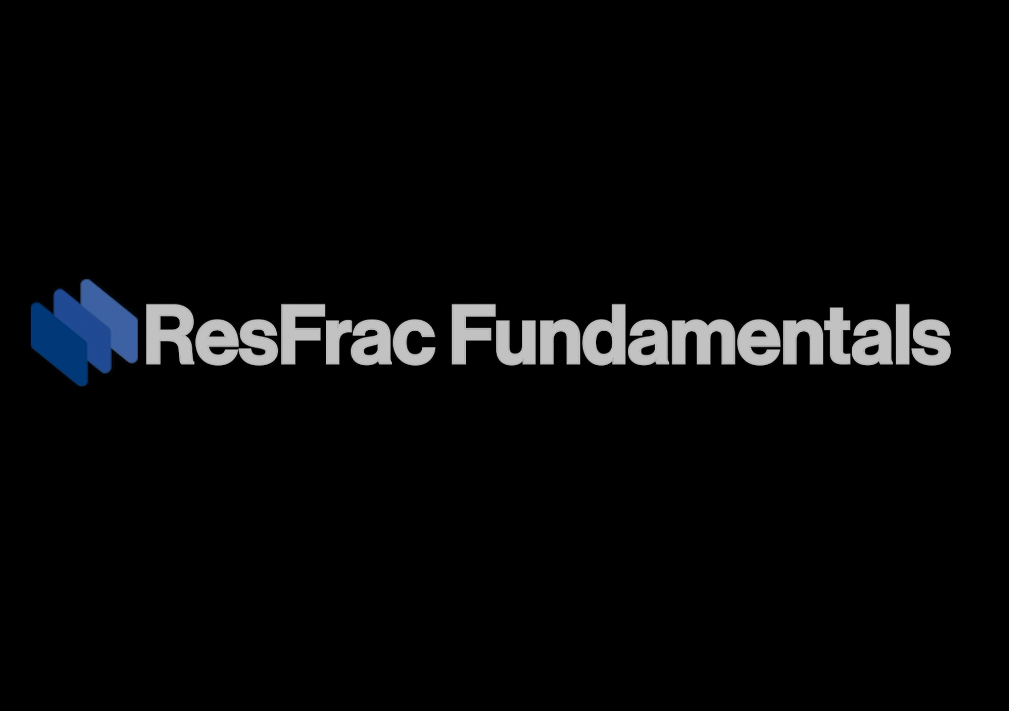
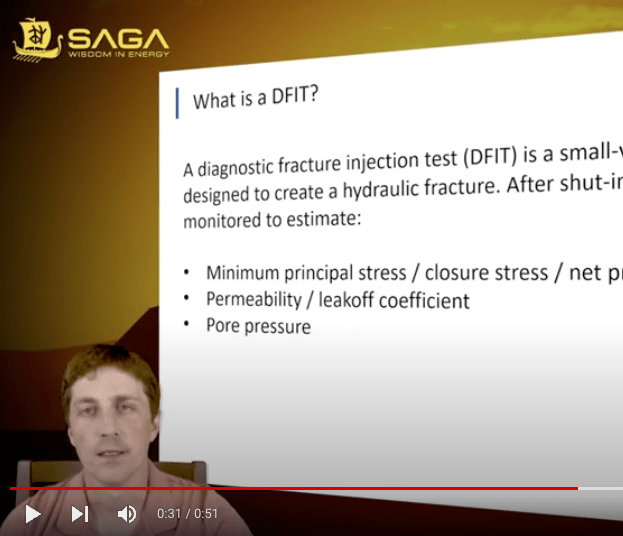
This course covers the DFIT interpretation procedure from the paper URTeC-2019-123. The procedure was developed as part of a collaborative industry study sponsored by a group of six operators and one service company. It is the latest course offered by SAGA Wisdom,available to SAGA Wisdom subscribers.

DFIT interpretation has been a theme of the work that we’ve done within ResFrac. Our collaborative 2018 Industry Study, which culminated in one of the ‘Best of URTeC’ papers in 2019, developed significant new advances in interpretation. I’ve recorded a roughly two-hour talk summarizing the findings from that study, along with related work done at UT Austin on this topic from 2013-2015. The talk covers: (1) what is a DFIT and why they are performed, (2) problems with the often-used ‘tangent’ method of interpreting DFITs, (3) discussion of some of the new methods developed in the 2018 Industry Study, (4) a worked
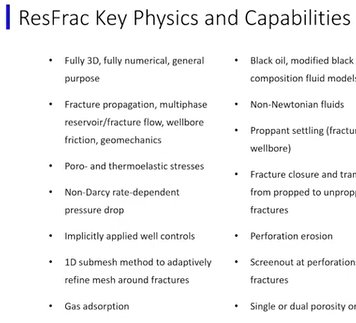
If you are new to using ResFrac (or just want to brush up on your skills), start here! This video has everything you need to know about setting up and running simulations in ResFrac.
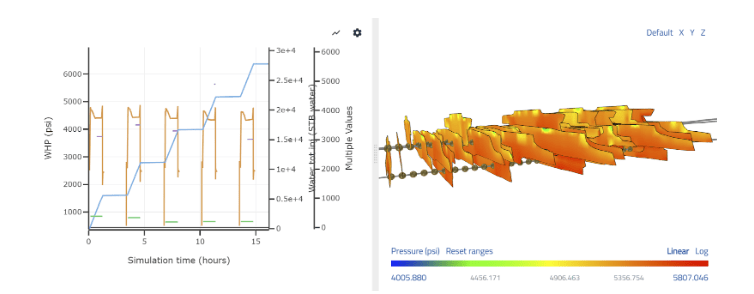
Well Data Labs and ResFrac collaborated with Devon Energy is demonstrate an automated workflow for calibrating ResFrac models to Sealed Wellbore Pressure Monitoring (SWPM) data from HFTS 1 Phase 3 refrac project in the Eagle Ford. The workflow we followed was the same as that in our blog post tutorial on using Volume to First Responses (VFRs) from SWPM.
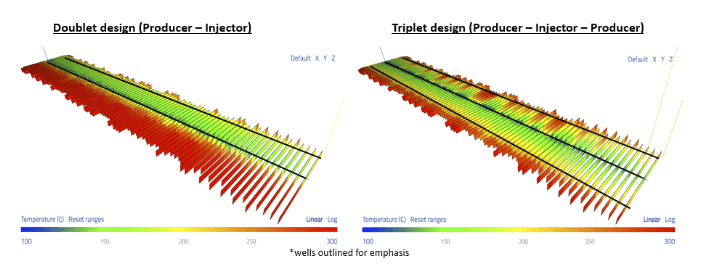
ResFrac lends itself particularly well to the optimization of hydraulically stimulated geothermal wells. ResFrac not only computes fracturing and reservoir flow simultaneously, but also calculates thermal stress changes and supercritical fluid properties. Fowler and McClure (2021) evaluate three geothermal designs: a closed-loop, a closed-loop with thermally conductive fractures, and an open-loop multi-lateral.
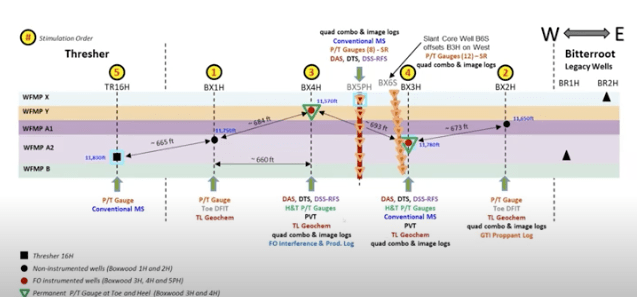
HFTS 2 is one of the highly measured hydraulic fracturing pads in the world. In 2021, the HFTS 2 consortia and ResFrac collaborated on a modeling study to incorporate all the advanced diagnostics in HFTS 2 into a single, comprehensive model. This model was then employed in an automated optimization workflow to assess opportunities to improve NPV by adjusting well spacing, proppant loading, fluid loading, cluster spacing, and landing zone. Pudugramam et al. presented the ResFrac model calibration and optimization in URTeC 3723620 in 2022, showing a 60% possible improvement in NPV by optimization of well placement and completion design.

For February Office Hours, we had a presentation from ResFrac Senior Reservoir and Completions Engineer Ankush Singh, on his recently published paper, “Far-field Drainage Along Hydraulic Fractures: Insights From Integrated Modeling Studies in the Bakken and Permian Basin.” This paper was presented at SPE HFTC 2025 in The Woodlands.

For January Office Hours, we had a presentation on some upcoming new software features– advanced unit systems, black oil fluid regions, and slot flow simulations in ResFracPro.
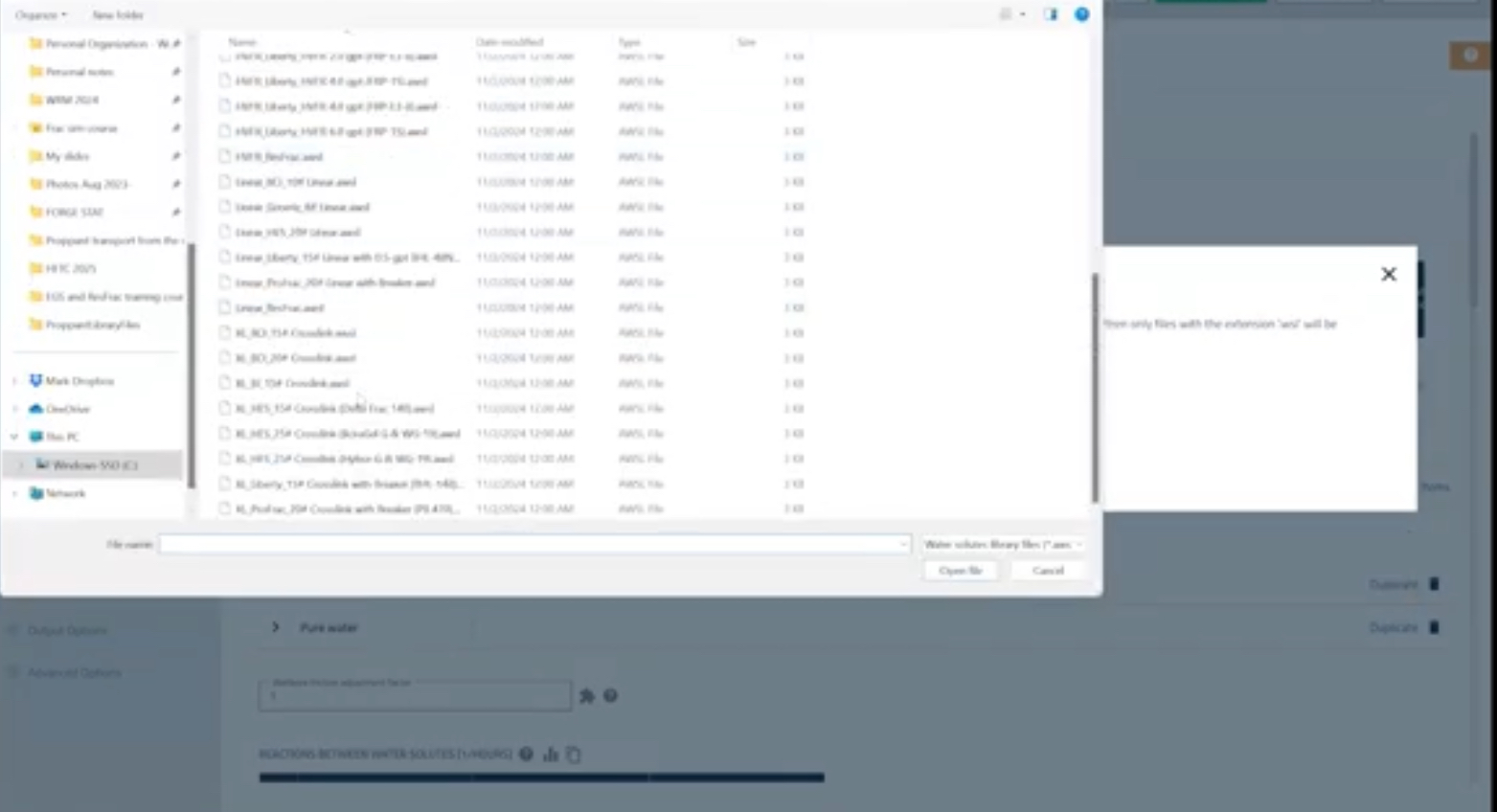
As many of you know, we had a major ResFracPro update that went out on November 4th for both the simulator and user interface. Highlights include: (a) the advanced ‘proppant transport from the well’ capabilities developed by Egor Dontsov for StageOpt have now been implemented in the ResFracPro simulator, (b) ‘libraries’ that allow you to save/load components of simulations (such as defined proppants, fluid models, etc.); this includes a pre-saved database of proppant and fluid types, (c) the ability to import fluid models from the Eclipse format and the Whitson format, (d) new wizards for: well shift, mesh refinement, and proppant immobilization, (e) the ability to prespecify line plot data for history matching, (f) gun barrel plots showing proppant placement, fracturing, and fluid leakoff, (g) the ability to set the default VM size for running simulations on the server, and (h) many minor new options, bug fixes, and improvements.
© ResFrac Corporation
555 Bryant St., #185 Palo Alto, CA 94301
1580 N Logan Street, Suite 600, Denver, CO 80203
440 Louisiana Street, Suite 900 Houston, TX 77002